These five coffee shops have been around for decades, each one holding a significant place in cafe culture and history as a go-to spot for some of the world’s greatest figures.
Café culture is alive and well today, as many people flock to coffee shops to enjoy the world’s favorite caffeinated drink (in all its forms). Yet these establishments are more than just places to grab a beverage: they’re also community hubs, study areas, and work spots. When one steps into almost any coffee shop, they’re greeted with the sight of students poring over thick textbooks, professionals holding meetings, creatives working on projects, families in conversation, and individuals reading their favorite books. The coffee shop, in many ways, is a microcosm of society.
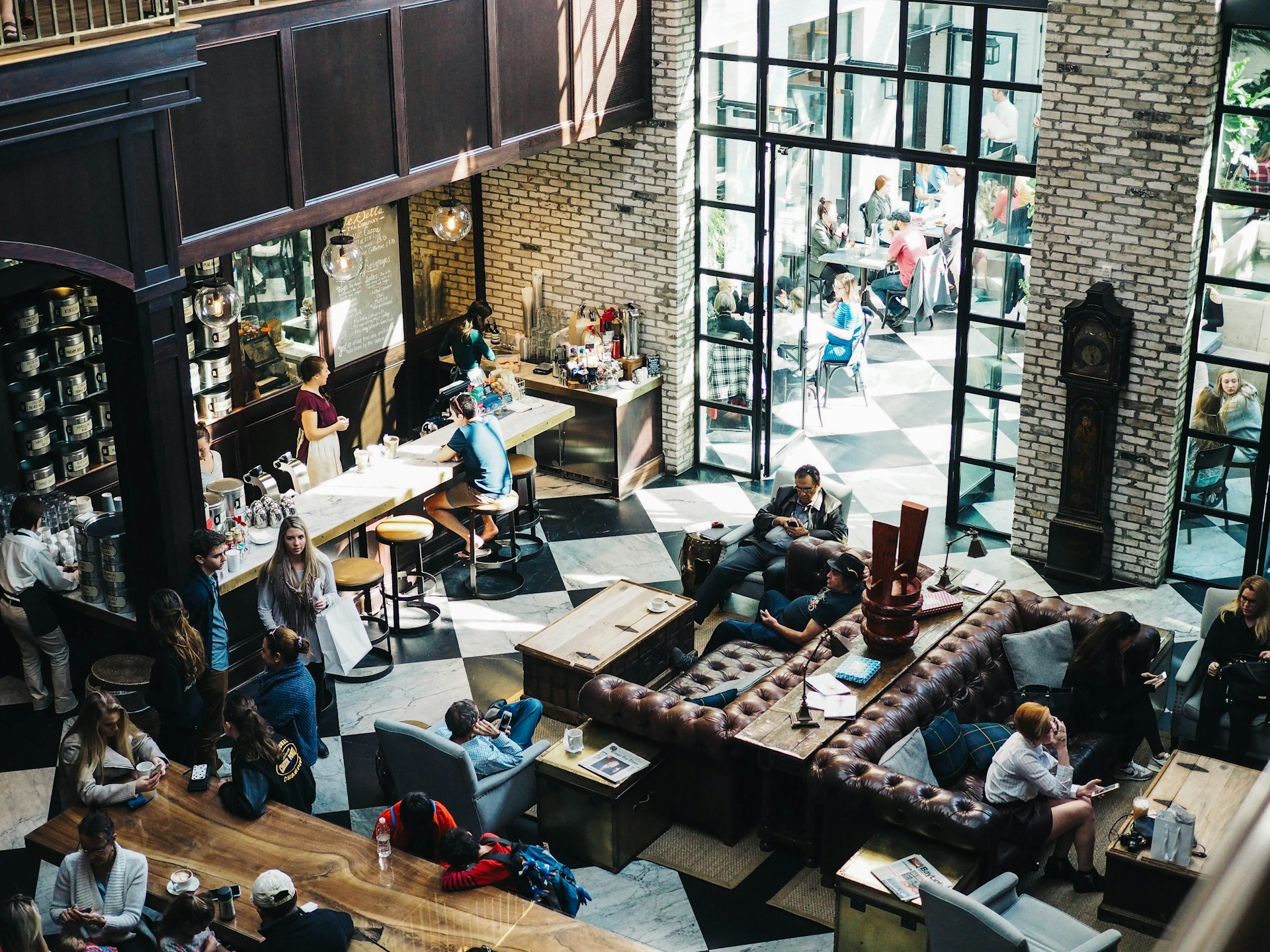
READ ALSO: Beyond Coffee: Cafes In Makati You Must Visit For A Nightcap
Believe it or not, these scenes are nothing new: decades (even centuries ago), people gathered in coffee shops to converse with one another, ponder on certain ideas, and work. These cafés have long served as go-to spots for some of the world’s greatest thinkers, creatives, and even political figures. One of the earliest coffee shops in the world was Kiva Han in 1400s Turkey, or Constantinople more specifically (which is now Istanbul), as Sean Paajanen writes for The Spruce Eats. Like the coffee shops of today, it reportedly served as a spot for people from all walks of life to engage in discourse, exchange ideas, and simply unwind.
The original Kiva Han no longer exists (though there’s one coffee shop that took inspiration from it and even adopted its name), yet there are other historical cafés around the world that still stand strong today. Like Kiva Han, they’ve all played large roles in establishing a strong global cafe culture, and are equal parts historical and cultural landmarks:
Tahmis Kahvesi (Gaziantep, Turkey)
One can still immerse themselves in Turkey’s rich coffee culture and history by paying a visit to Tahmis Kahvesi. It’s not as old as the defunct Kiva Han, but it comes quite close, having opened in 1635—that makes it over three centuries old. Situated in a historical building in Turkey’s city of Gaziantep, the café has an old-world charm with stained glass windows, high ceilings, dark wood furnishings, and charming views. There’s not a lot of information about it in English, though one can peruse their official website.
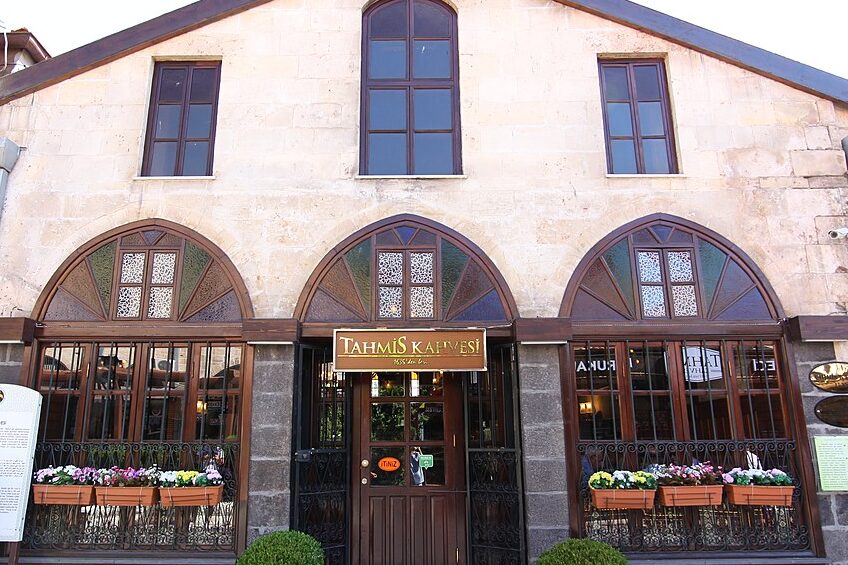
Among Tahmis Kahvesi’s main offerings are the country’s sweet baklavas, and of course, Turkish coffee. For those not familiar with this type of coffee, it’s quite different from the usual ones served in many cafés, as the Turks usually serve it black and unfiltered through a cezve, a special coffee pot (often made of copper). Fine coffee grounds must settle at the bottom of the pot before one enjoys the flavorful beverage.
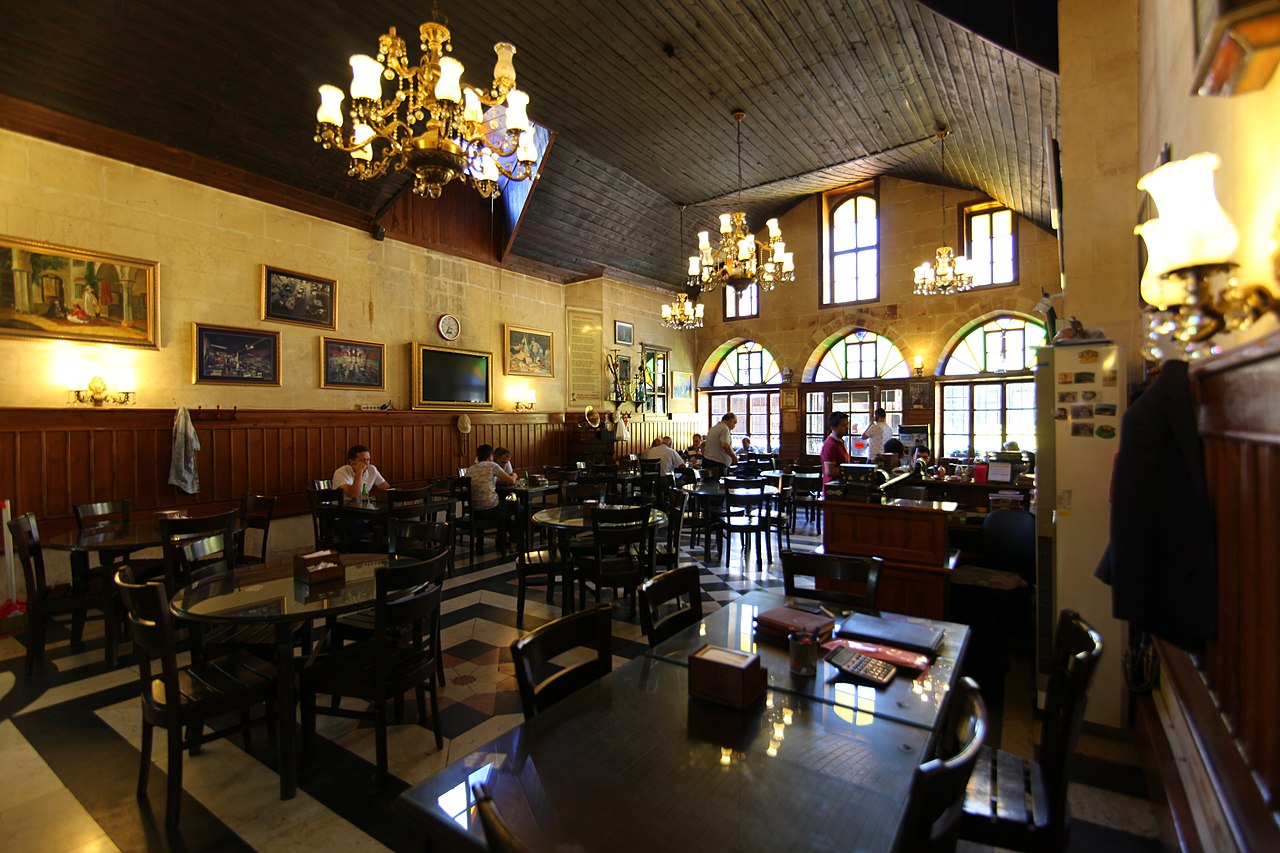
According to its website, it was Turkmen Agha and Sancak Bey Mustafa Ağa Bin Yusuf who built Tahmis Kahvesi in 1635. A variety of merchants traveling across the Silk Road would stop by the shop to enjoy coffee. According to Turkey’s Türkiye Kültür Portalı [translated into English], rumors say that even Sultan Murad IV—the ruler of the Ottoman Empire from 1623 to 1640—had visited the shop as he passed by Gaziantep for the Baghdad Expedition. Since then, the coffee shop has survived two major fires, and underwent several repairs before its complete restoration in 2009.
Café Le Procope (Paris, France)
When one thinks of the word “café,” France usually comes to mind. The country is the birthplace of the “literary cafe” concept: where intellectuals, writers, and artists gather to participate in cultural activities and interesting exchanges. It was in these historic French coffee houses where revolutionaries, philosophers, and creative minds gathered to bond over drinks, all within a comfortable and casual atmosphere.

One of the oldest and most famous examples of these establishments is Café Le Procope in Paris, which began in 1686 at the heart of Saint-Germain des Prés. Thinkers and writers like Jean-Jacques Rousseau, Denis Diderot (who wrote some articles for his seminal Encyclopédie in the cafe), and Voltaire would frequent the coffee shop, which also served as a gathering place during the French revolution, according to the café’s website and Come to Paris. Writer Paul Verlaine composed a fair amount of his prose within the coffee shop’s walls as well.
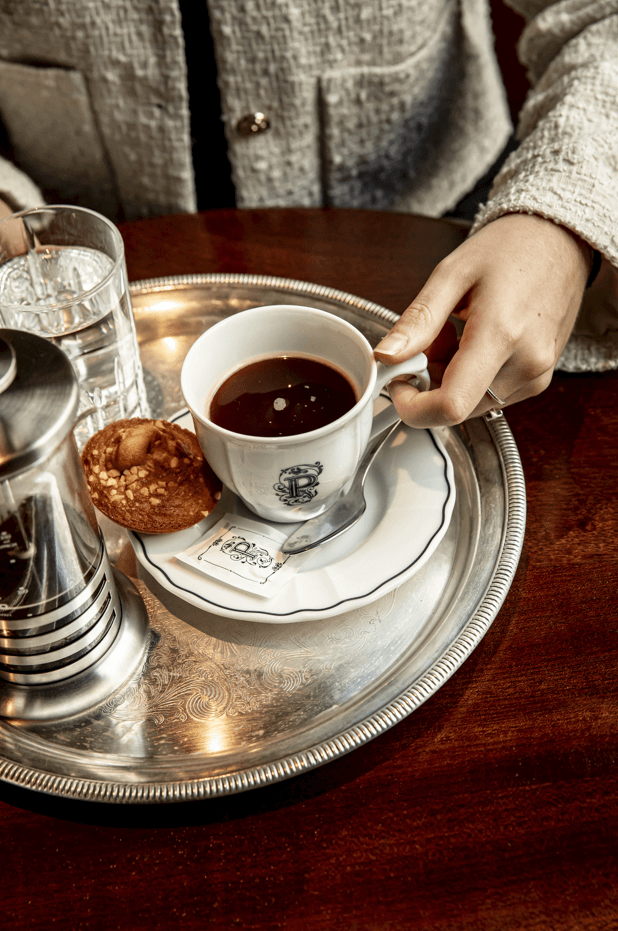
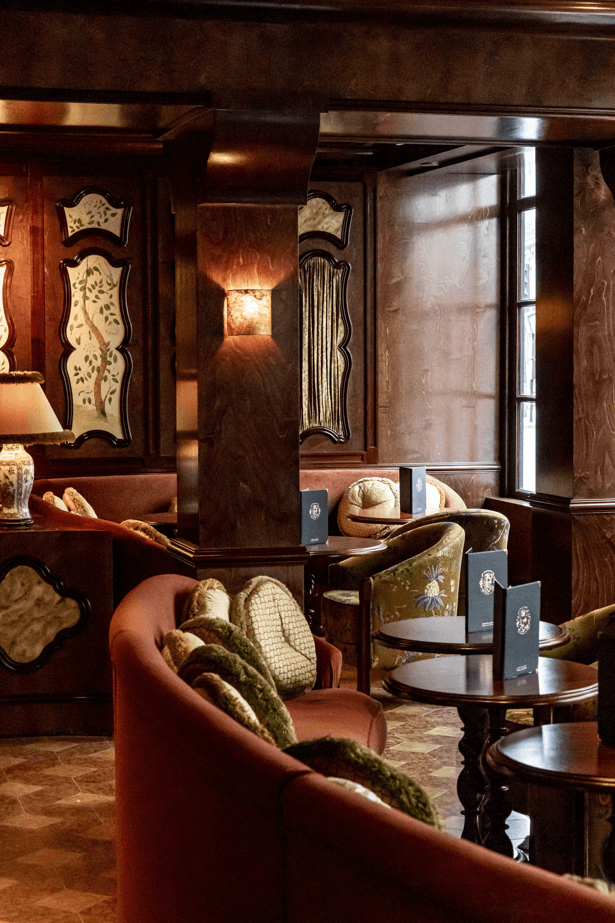

Today, the café stands as both a historical landmark and go-to place for those looking to try traditional and bourgeois French cuisine with a cup of coffee.
Honorable Mention: Les Deux Magots
It’s worth giving an honorable mention to the cafe Les Deux Magots (which opened later in 1884), as it has shaped the literary landscape unlike any other café in the world. Its tagline “Inspiring the most beautiful stories, for 140 years” is well-earned. The establishment has been the place for significant literary and philosophical figures like Arthur Rimbaud, Jean-Paul Sarte, Simone de Beauvoir, Albert Camus, James Joyce, Ernest Hemingway, Jorge Luis Borges, and James Baldwin—among many others.

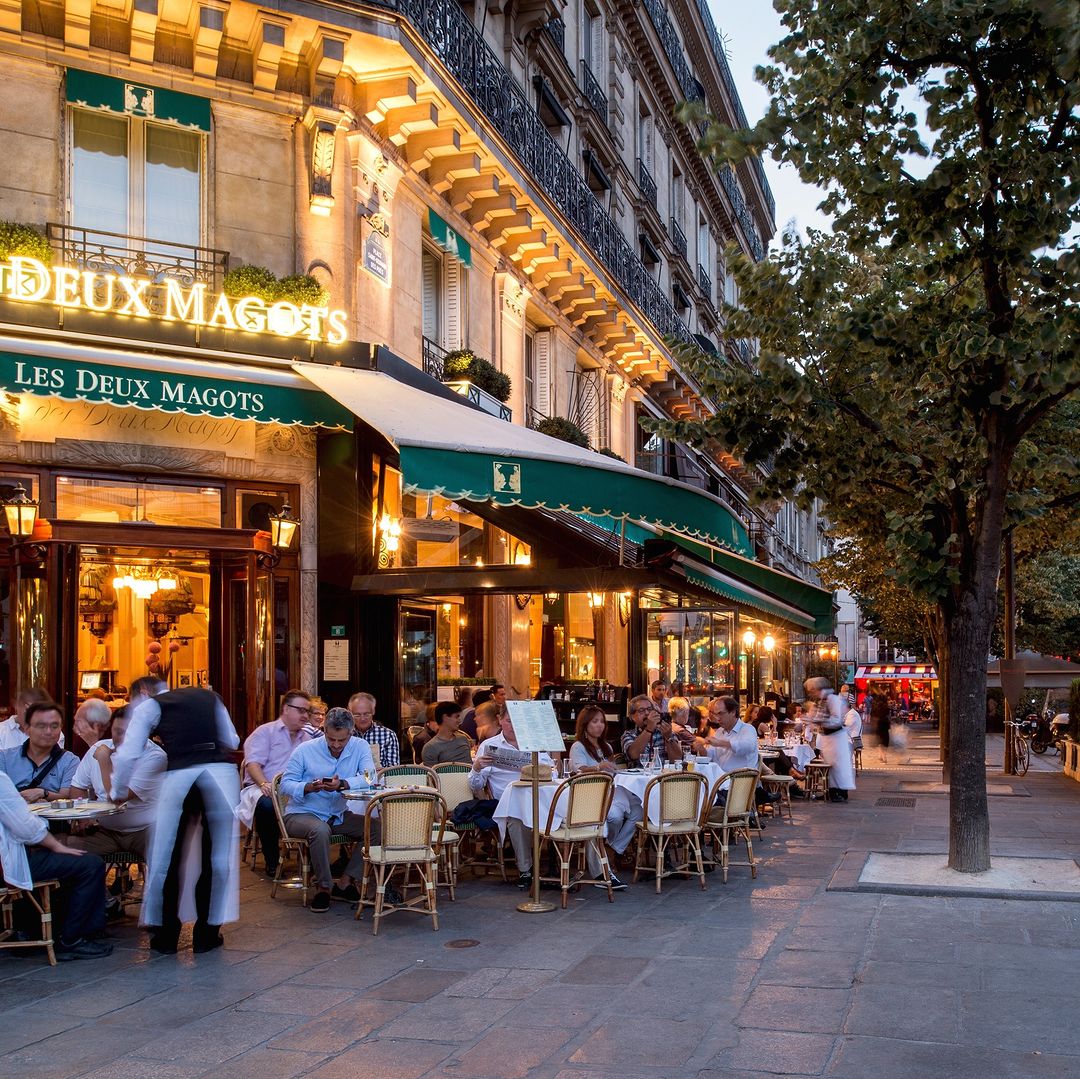
The cafe takes its rich and impressive history seriously, detailing it through its official website and even hosting its own literary award: The Deux Magots Prize.
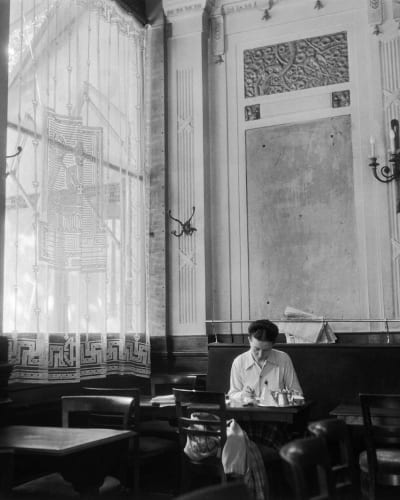
And just to show how France has no shortage of historic cafés, yet another important coffee shop stands next to Les Deux Magots: Café de Flore, a timeless Parisian institution that opened in 1887 and has also hosted its fair share of notable creative talents. These include artists Pablo Picasso, Georges Bataille, and Robert Desnos, writes Megan Hill of The Paris Pass.
Café Frauenhuber (Vienna, Austria)
The next coffee shop in the list also represents a significant player in coffee history: Vienna, Austria, the place that redefined café culture as we know it today. Though the city didn’t open the first coffee house in Europe (that credit goes to Venice in 1647), the traditions of the first Vienna café are very much present in Viennese-style coffee houses today, according to the City of Vienna’s official website. These include providing newspapers for guests to read and always serving a cup of water alongside coffee.
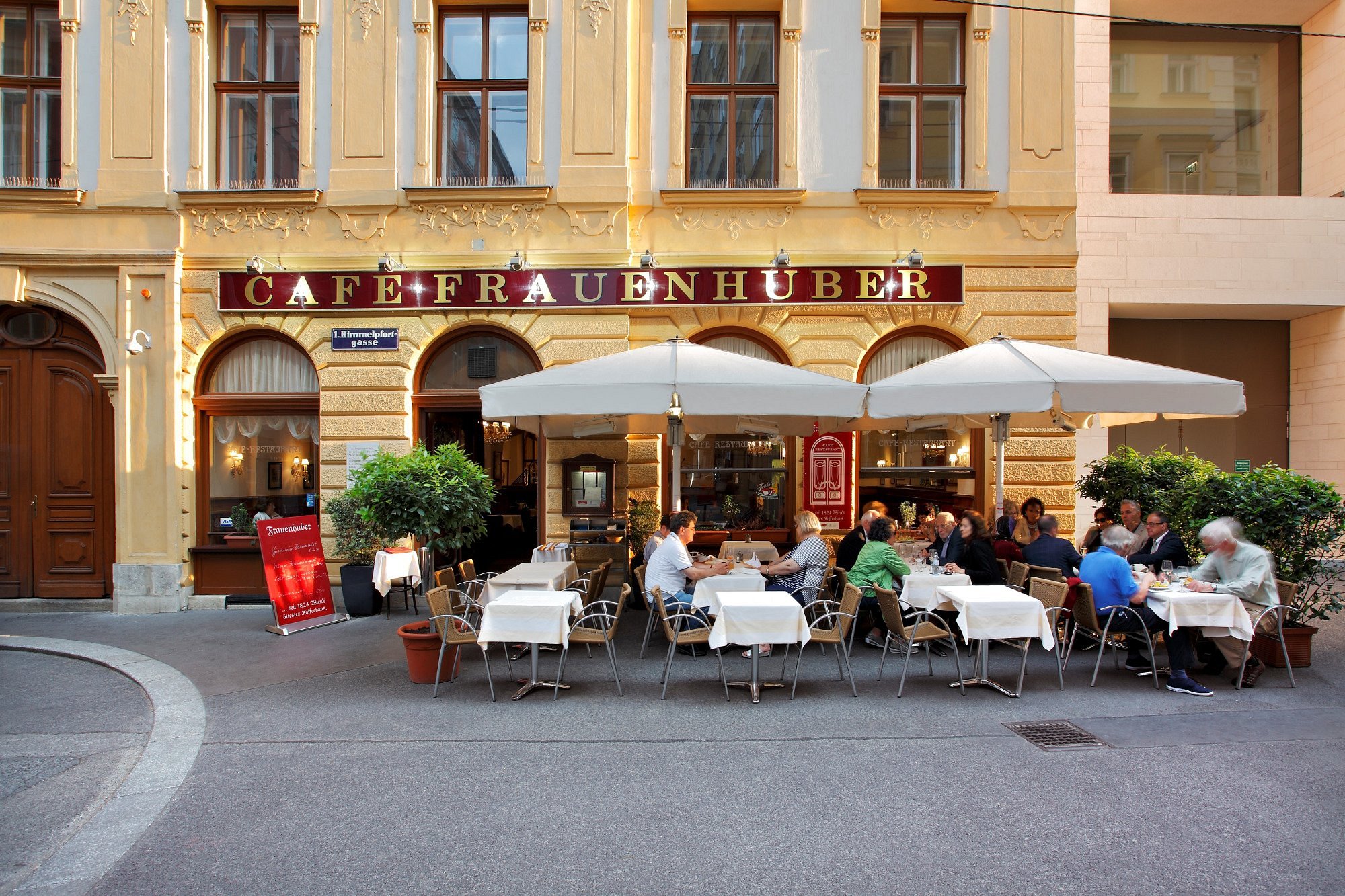
Many Viennese artists, thinkers, and literary figures frequented the city’s elegant and spacious coffee houses for a change in scenery, as most citizens lived in smaller, cramped apartments at the time.
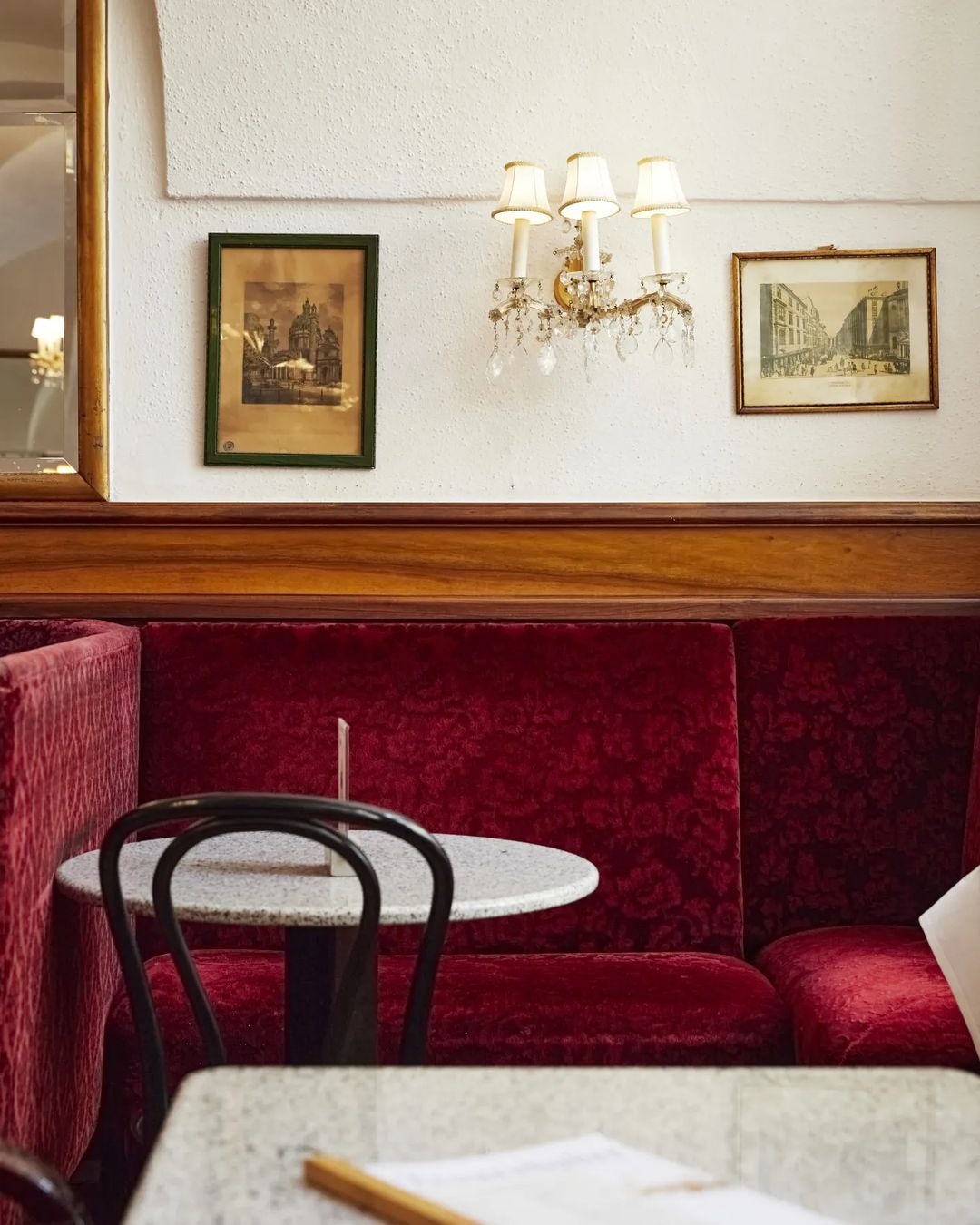
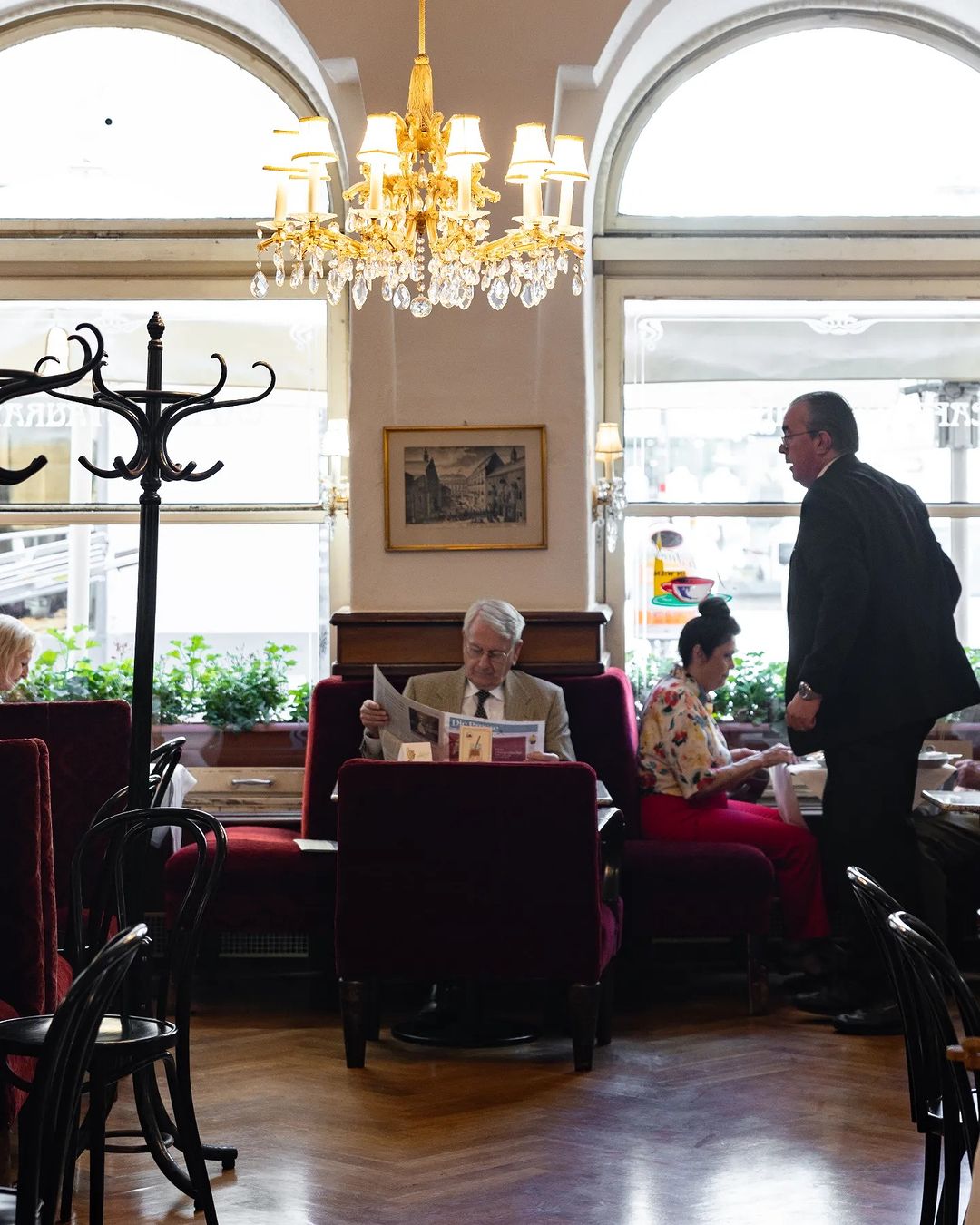
One of the oldest and most iconic coffee houses in Vienna is Café Frauenhuber, which a man named Alois Hänisch opened in 1824. It sits within a building that dates back to 1720, according to Visiting Vienna, making it two centuries old. Over the years, the café changed its name, as it was initially “Kaffeehaus Herzog” before adopting “Café Frauenhuber” in 1891. It continues to thrive, having undergone a renovation in 2000.
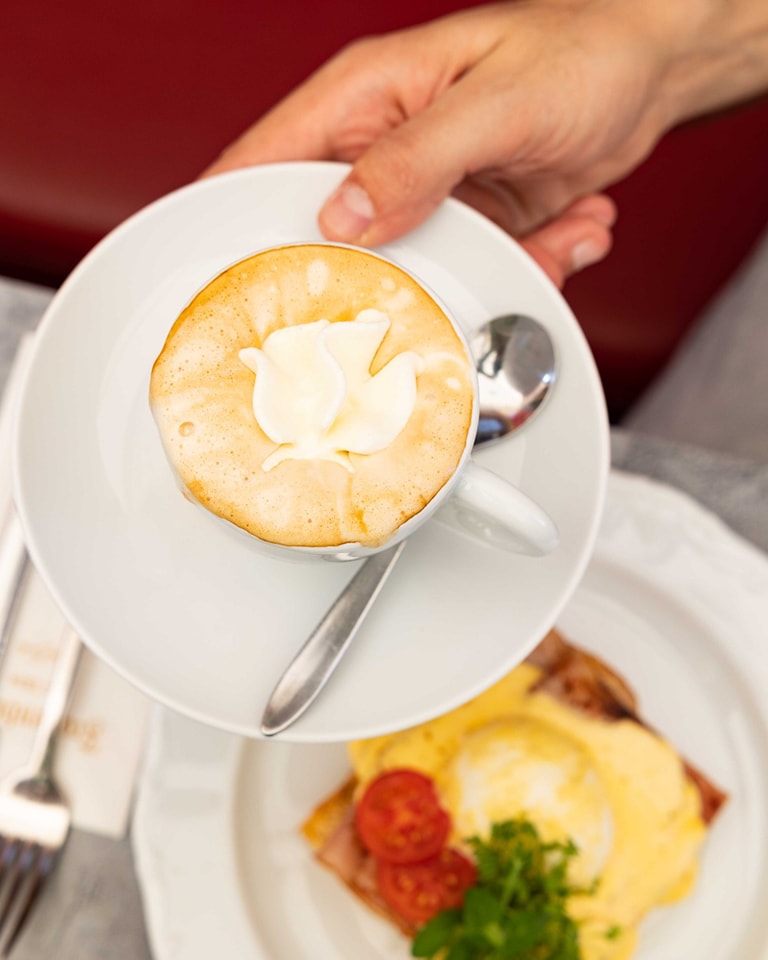
So just how prestigious is the café’s history? Well, not every establishment can say that both Mozart and Beethoven performed within its walls. On April 6th, 1797, Mozart performed a pastorale by Handel, while Beethoven played his “Quintett for fortepiano with four horns” for the café guests. The coffee shop was even the venue of charity and children’s balls in its earlier years.
Caffè Florian (Venice, Italy)
It would be remiss not to include Caffè Florian in this list, which opened in Venice’s St.Mark’s Square in 1720 and remains there to this day. Though its earliest iteration was called “Alla Venezia Trionfante” [“Triumphant Venice”], Venetians began calling it “Florian” after its founder Floriano Francesconi. The café is more than 300 years old now, and has seen many historical milestones, from the fall of the Republic of Venice to Austrian rule.
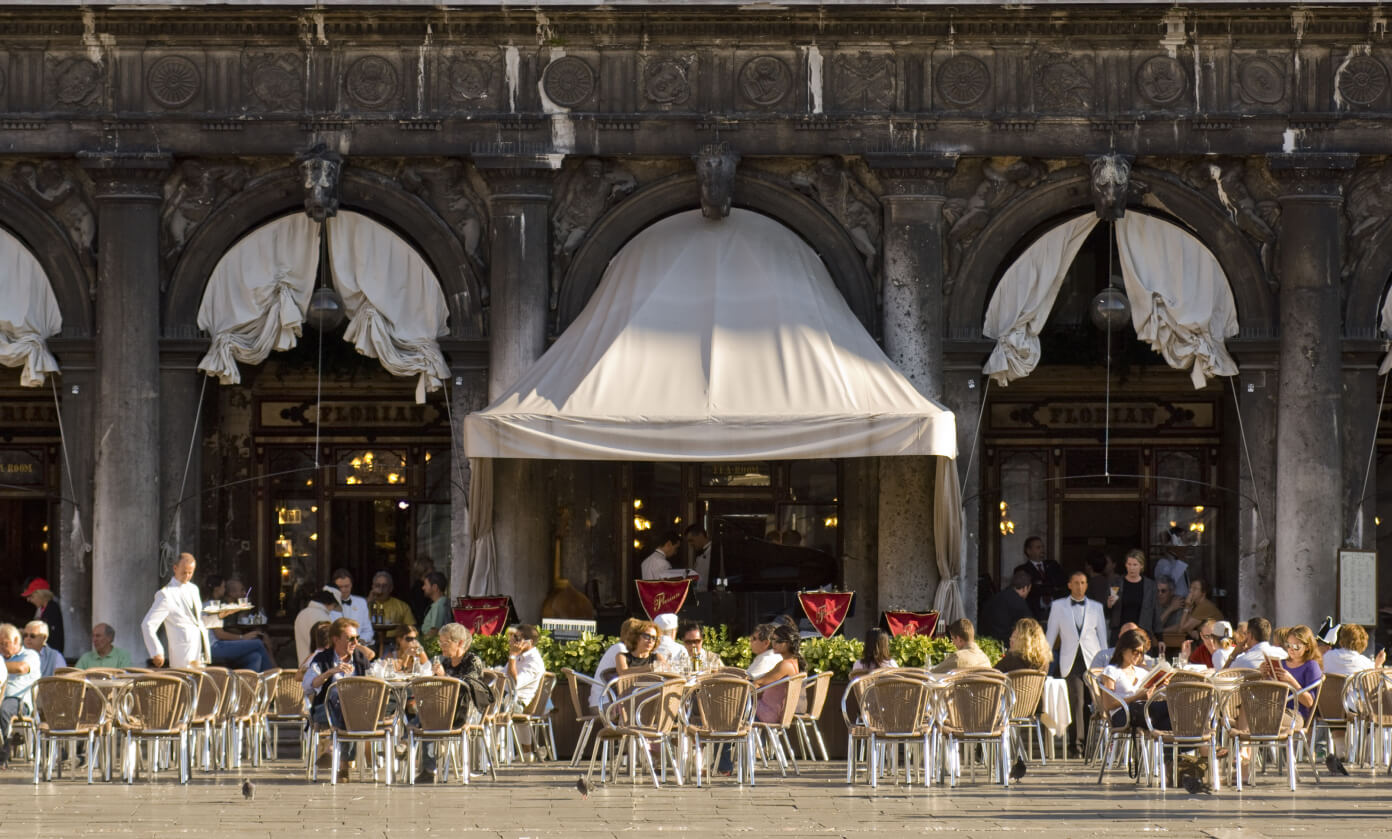
Even during times of war, the café opened its doors to guests, serving as a place of respite for good drinks, meals, and company, according to its official website. It was an equalizer of sorts, as everyone from Venetian nobility to ordinary citizens visited it. Like the other cafés in this list, it was also among the earliest “literary” hotspots, attracting great thinkers and writers like Lord Byron, Goethe, Marcel Proust, and Charles Dickens. Other famous figures who’ve had a sip in the cafe include Queen Elizabeth II, Elton John, Charlie Chaplin, Clark Gable, Martin Scorsese, Clint Eastwood, Giorgio Armani, and too many more to list.
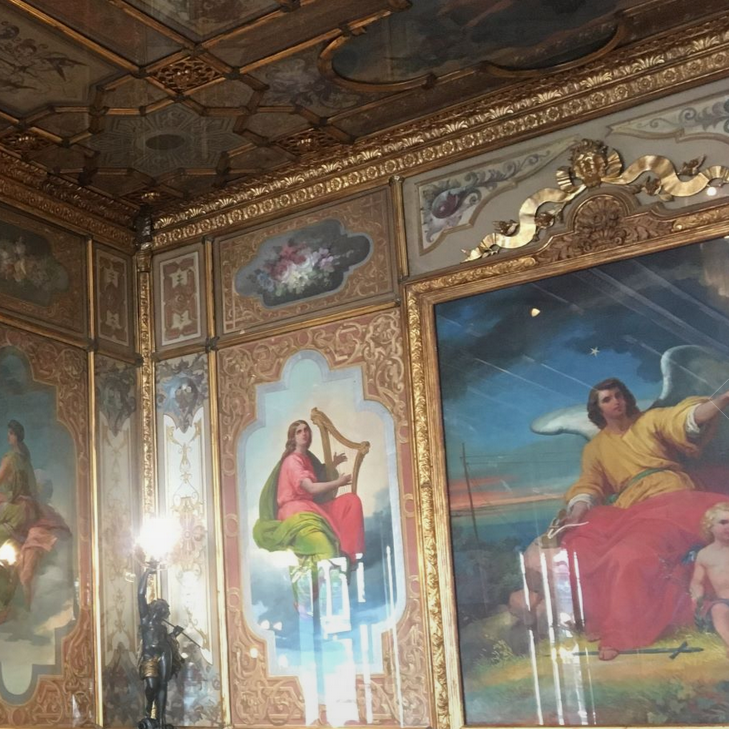
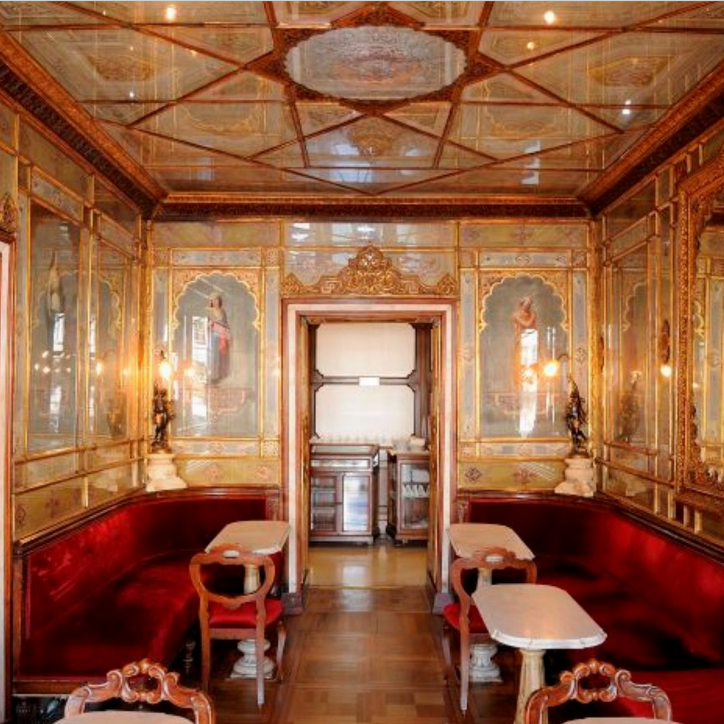
Besides serving up creamy Italian coffee, biscuits, teas, and chocolates, the café also contains picturesque spaces like the Sala del Senato (Senate Room, where the Venice Biennale was born) and Oriental Room, which feature ornate furnishings and paintings by Giacomo Casa and Antonio Pascuti.
Caffe Reggio (New York, U.S.)
Lastly, there’s Caffe Reggio, which is the youngest café in the list but still of historical importance, especially in regard to the U.S. coffee shop scene. The cafe has been in Greenwich Village’s 119 MacDougal Street since 1927, serving a wide assortment of people and of course, famous faces. It was Domenic Parisi, an Italian immigrant and barber, who decided to use his savings to open the shop with a single espresso machine from Italy, according to Rethinking the Future.
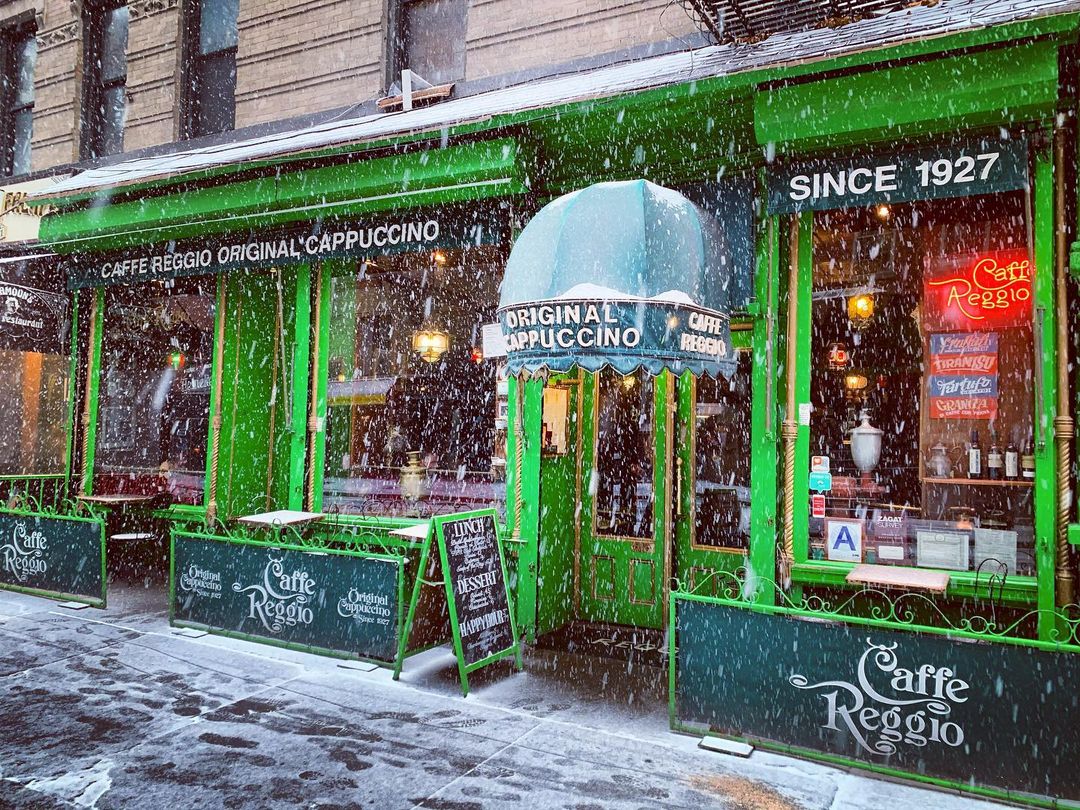
The establishment is the American equivalent of Europe’s literary cafés, an institution in its own right that’s been around for almost a century. New York is one of the beating hearts of America’s creative industry, having housed many artists, writers, photographers, and performers. So it’s no surprise that Caffe Reggio has entertained people like Jack Kerouac, Bob Dylan, Patti Smith, Allen Ginsberg, and Joan Rivers.
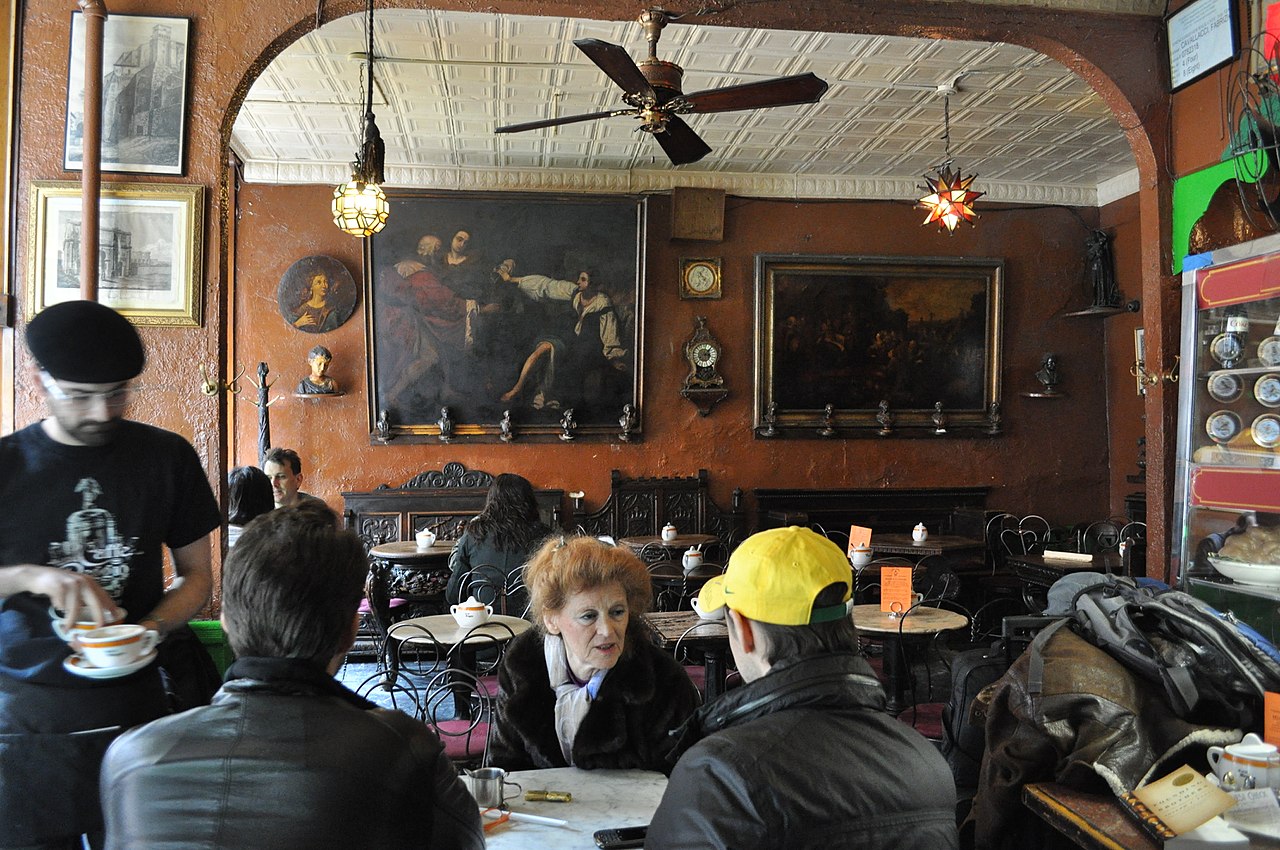
Besides that, the café also contains charming antique furniture (including a 600-year-old bench that may have been owned by the Medici family), Renaissance artworks, and a 115-year-old cappuccino machine from the 1900 Paris World’s Fair, writes John Crudele for the New York Post. It’s a bohemian, artistic time capsule in every sense, and even served as a backdrop for the Godfather II.
New York Magazine recommends guests to try the café’s “Sfogliatella; cannoli; panini with pesto, mozzarella, and red pepper” with its delicious assortment of coffee drinks.
Banner photo from the Café Le Procope website.





